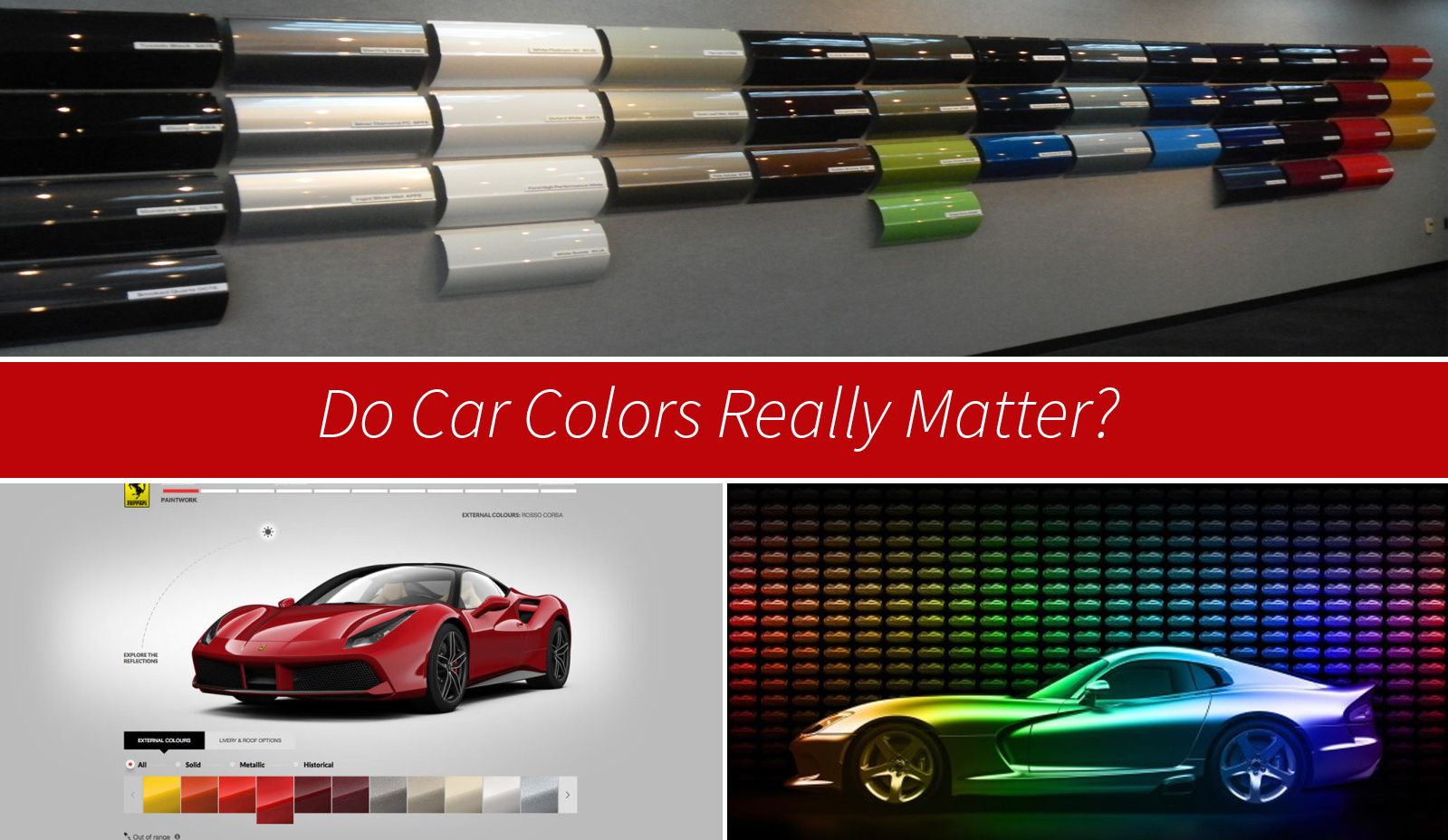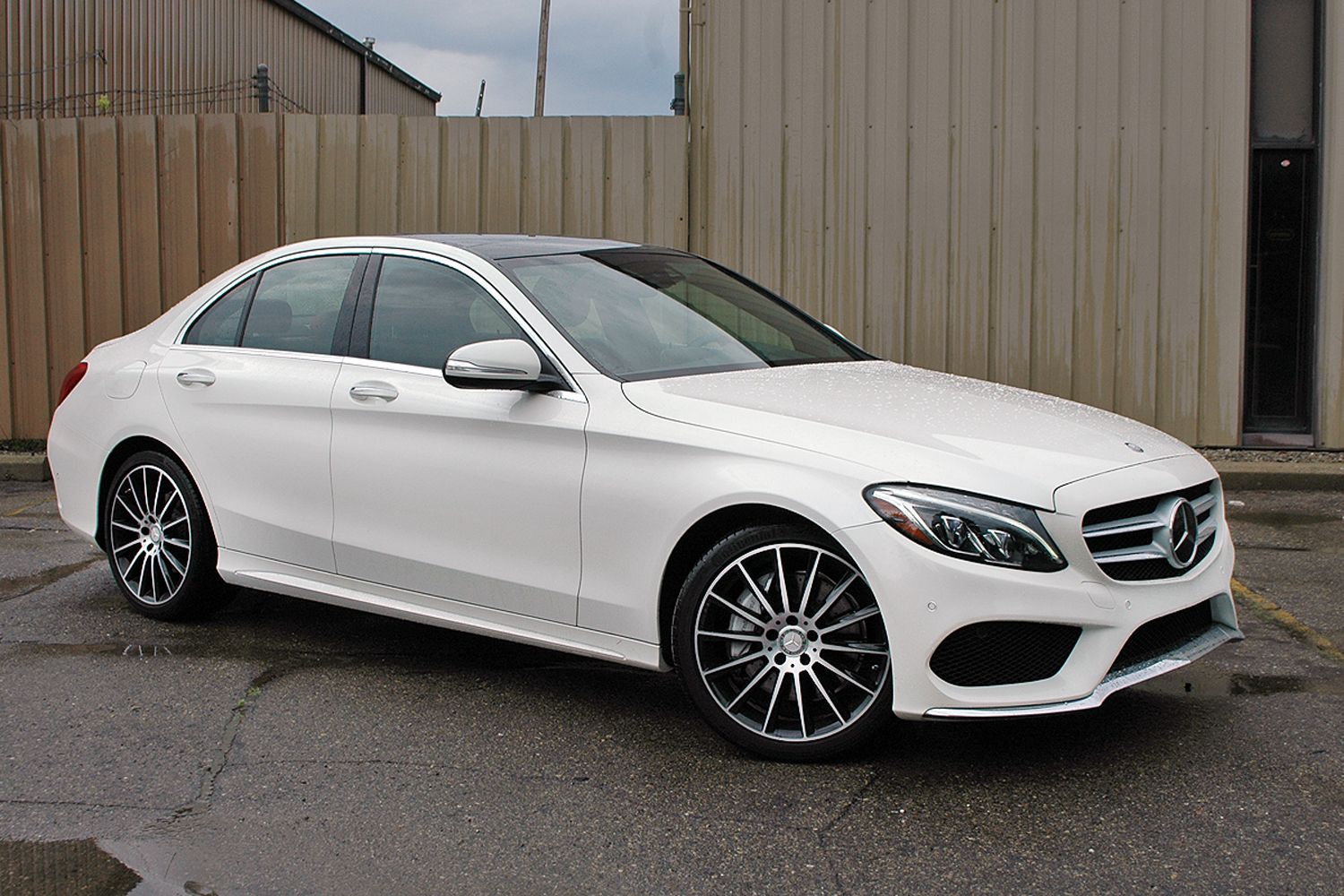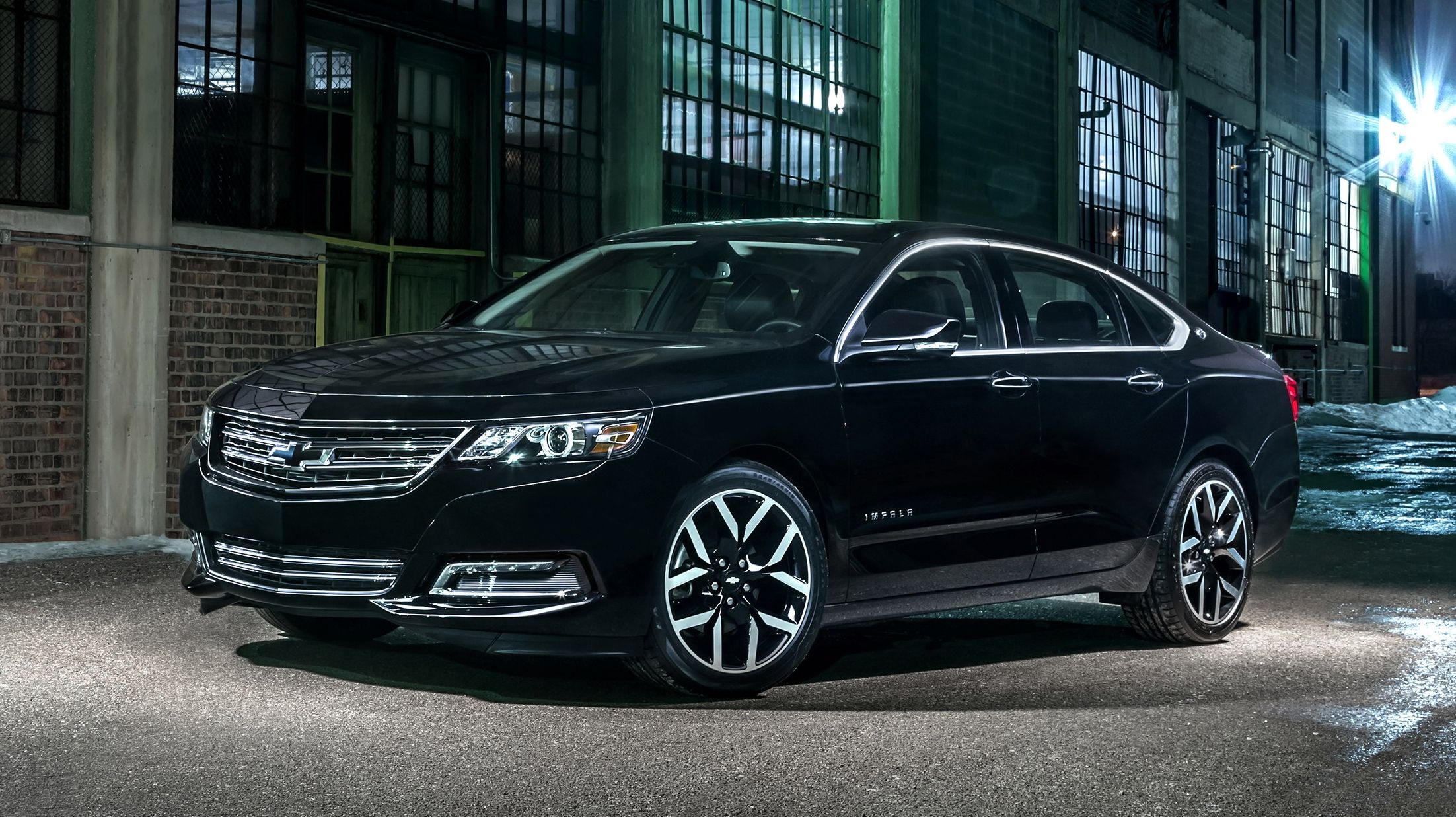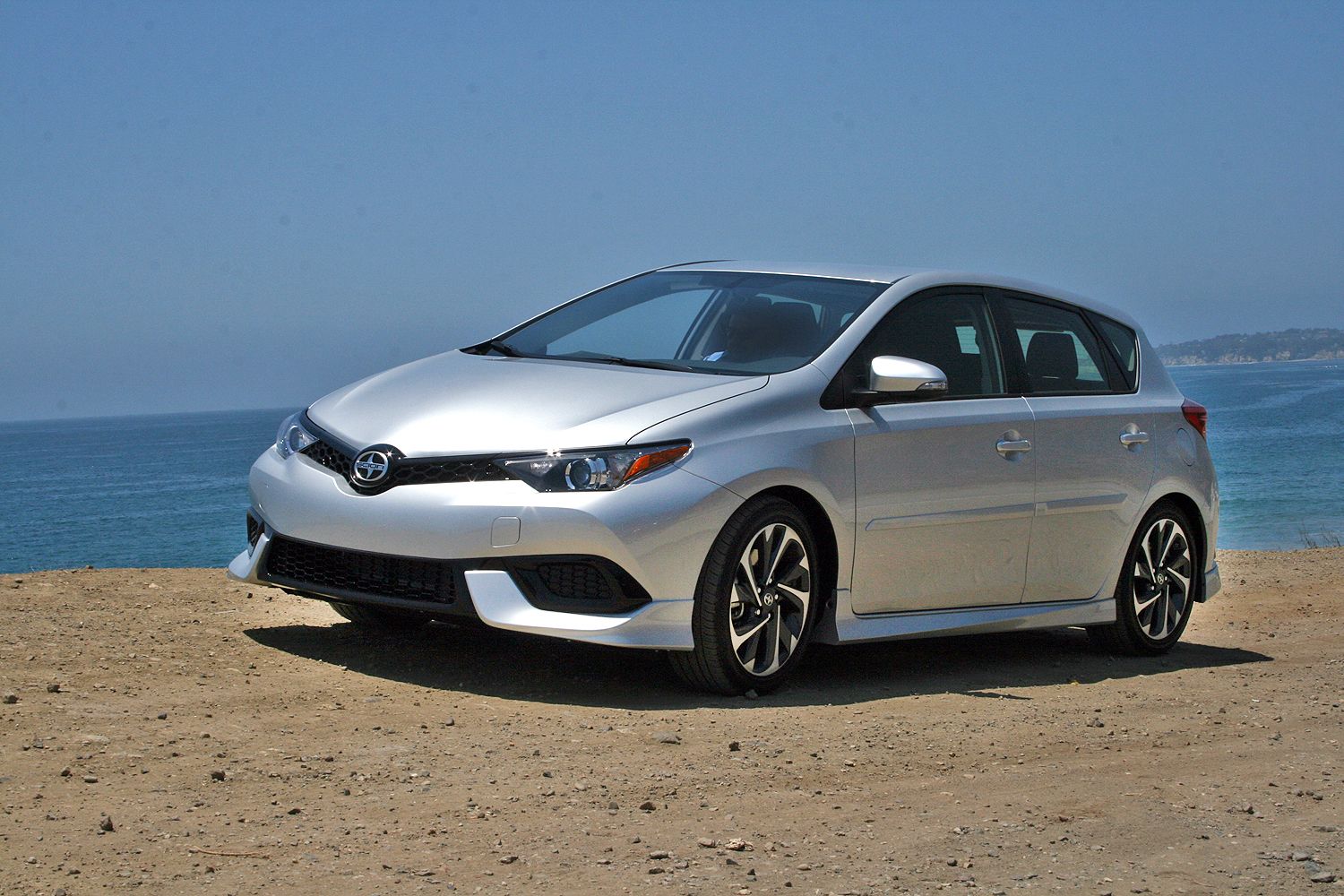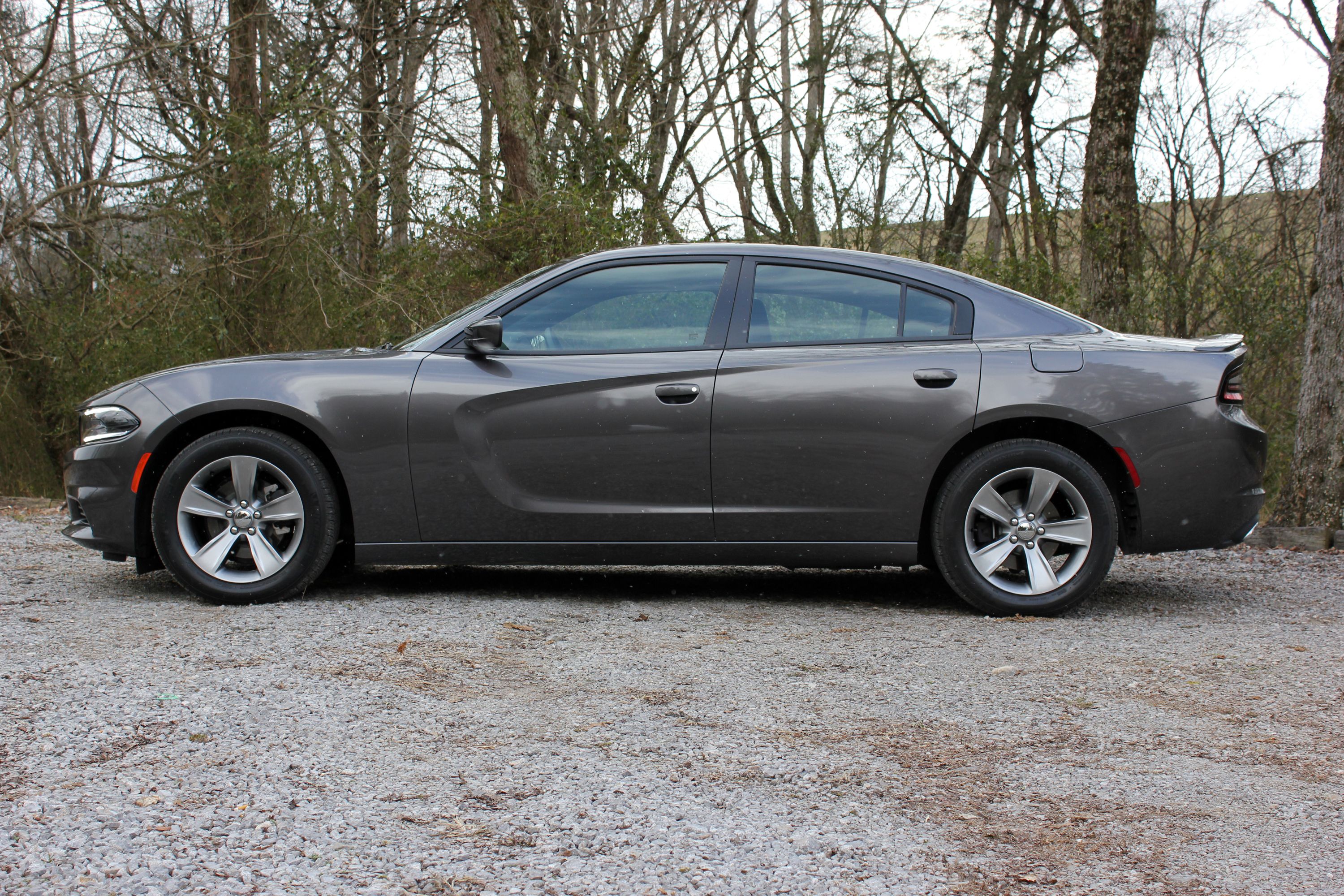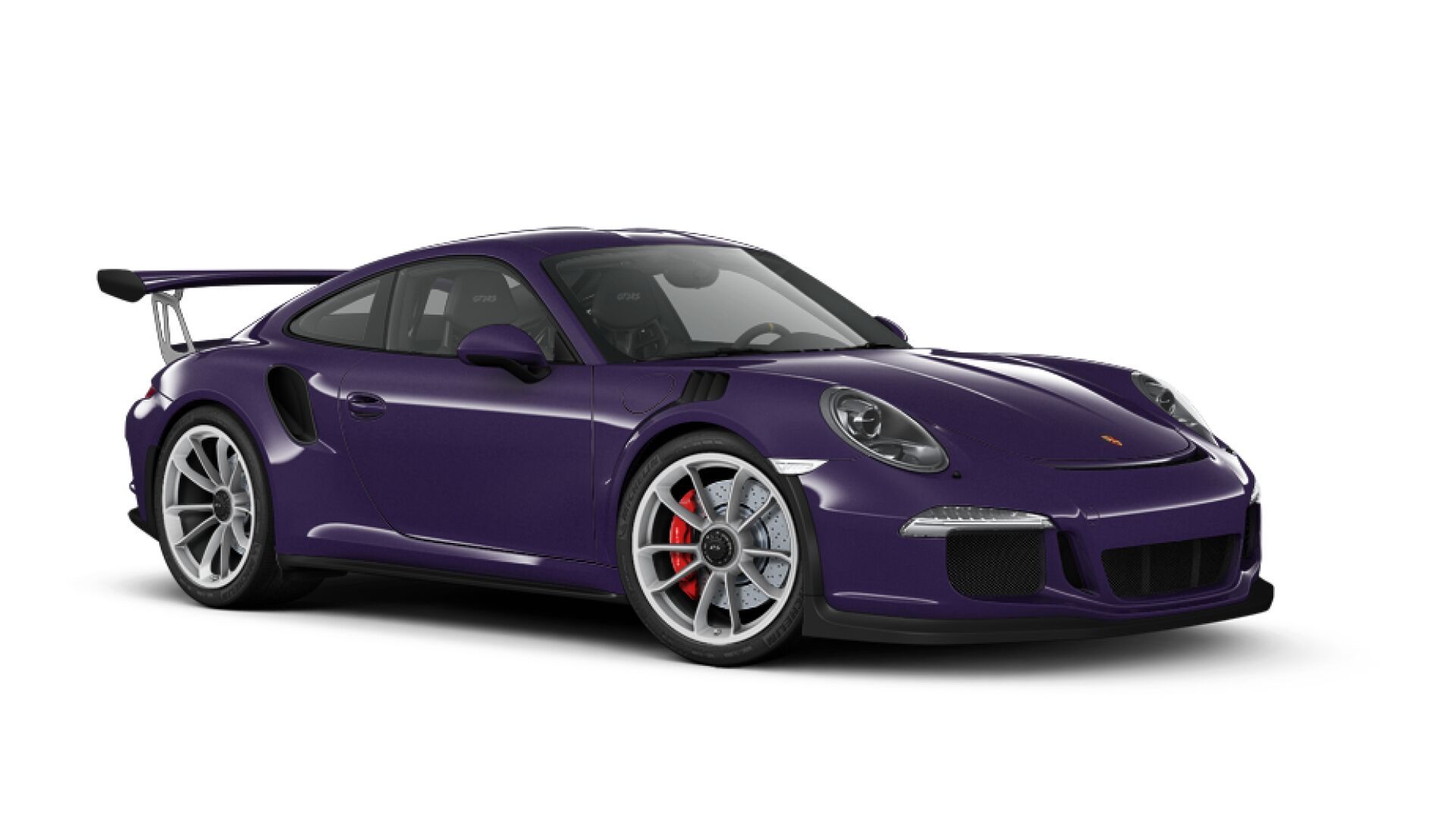Whether you're the play-it-safe shopper or the more adventurous type, you're likely to spend at least a few good minutes choosing a color when buying a new car. You won't have many choices when buying a used vehicle, but I'm sure some you postponed a purchase hoping to find a color to your liking. Whatever the case, most drivers seem to be concerned about the exterior color of their cars, which is probably why certain paint manufacturers conduct annual surveys about car color popularity, and we at TopSpeed discuss things such as "The 5 Most Popular Car Colors".
I've often found myself thinking "Man, I'd love a Challenger Hellcat in Plum Crazy" and one of my best buddies is still upset that Ford->ke31 no longer offers Gotta Have It Green on the Mustang.->ke428 But do car colors matter beyond the "dream car" concept or just wanting to stand out in a crowd? Do certain colors make cars safer and do they affect their resale values? Are some colors more difficult to maintain than others? Keep reading for answers to these questions and more.
Continue reading for the full story.
Conspicuity / Safety
Which colors are the safest has been on debate for many decades. Folk wisdom says lighter and brighter colors enable cars to be more visible and thus make them safer on the road. Is this true? Well, it is, in fact, a very complicated matter.
Not only aren't there specific studies to relate to, but the relationship between car color and safety is very complex. Background color (such as trees, grass, and sand), weather conditions, and even daylight have a deep effect on conspicuity.
For instance, it is known that white is the most visible at night, but it's not the most conspicuous color against cloudy skies and snowy landscapes. Likewise, certain studies have noted that cars painted in silver or lighter shades of gray are prone to be hit on foggy mornings and dusky evening hours as these colors seem to blend in with the road.
Red is another bright colors that's less visible than you may think. A general study on the most visible colors argues that the color red, often used for fire fighting trucks, is one of the least visible of vehicle colors. The same research recommends lime yellow instead of red.
Could it be the reason why British ambulances are painted yellow, while red fire trucks feature lime yellow stripes?
Be that as it may, the bottom line here is that there is no scientific evidence that one particular color is the unambiguous best choice for safety. Sure, lime yellow seems to be the "safer" choice here, but who wants a car painted in that color? Aside from SpongeBob SquarePants, that is!
Insurance / Resale Value
While certain colors don't make your car a lot safer than others, the shade you pick when buying a new vehicle could very well matter when you want to sell it a few years down the road. Your best choice is to stick with colors that are both popular and neutral.
Fortunately, these features go hand in hand, which means you're safe with the first four hues in our "5 Most Popular Car Colors" round-up. That's white, black, silver, and gray (including gray-effect shades). Blue is also a good option, but never, and I mean NEVER expect to have an easy time selling a car painted in flashy colors such as yellow or red.
Unless it's a Bugatti Veyron.->ke1112
The same goes if you're doing a trade-in, as dealers want cars they know will sell easily. Neutral colors makes selling a vehicle a lot easier.
So there you go; colors matter if you need to get rid of your used car faster or if you're looking to get a few extra hundred dollars for your ride.
What about insurance? Well, this is where you shouldn't worry about the color of your car. Even though there is an urban myth claiming brighter colors such as red will add a premium to your insurance, it's not true. What really matters here is your driving record, the make and model of a car, and how expensive it is to repair and replace, among others. The exterior color doesn't matter, even though some friends will tell you that a "look at me" red paint will bring you more tickets.
Okay, some maybe this is somewhat true, as studies have shown that red and yellow cars get pulled over more often, but that's simply because they're easier to spot. You'd think this would also lower your crash rate, resulting in lower insurance fees.
Theft
Sometimes it may seem like it, but car thieves don't just steal randomly. They're no stranger to resale values so they pick the popular colors. Yup, that includes white, black, silver, gray, and the car on the front lawn you just went to check to see if it's still there.
Unless they tear it apart, thieves want cars that can be sold easily, which makes them want the same colors as car dealers. A bit ironic maybe?
Anyway, unless you don't want to spend your hard earned on an expensive security device, make sure your car is green or yellow. Or pink.
Just don't be a hero and buy a pink Corvette...->ke1280
Maintenance
If you're concerned about maintenance, then you should know that darker hues require more work to look good. The darker the color, the more scratches you will begin to see and the more hours you will spend polishing body panels.
If you're not a high-maintenance type of guy, make sure you stay away from black or dark blue and pick anything from white to silver or light gray. These are the type of paints you can neglect more, simply because scratches are not as noticeable on lighter colors.
Dark metallic colors are also prone to show more wear and require extra maintenance. On the other hand, it's hues like these that are the most dramatic to look at when maintained properly. Essentially, car colors matter here only as long as you actually give a damn about the way your vehicle looks on the outside.
The Cool Factor
Though many may argue that lighter colors will keep a car's interior cooler in a hot climate (which is actually true according to studies), I'm actually talking about the other "cool." I'm not going to go through the "what your car color says about you" stereotypes, but only discuss how some drivers go for the flashier colors because they either want to stand out or because the manufacturer is offering unique or bespoke options.
This category includes shades such as red, blue, brown, beige, green, and orange, but it extends toward yellow and gold, as well as a range of crazy colors usually available through special divisions such as Mercedes'->ke187 Designo, BMW's->ke178 Individual, Ferrari's->ke252 Tailor Made or Dodge's->ke28 "1 of 1" program for the Viper.->ke1404
Whether it's the classic orange and green or hues seemingly brought back to life from the "high impact" days of the 1960s, customers can order just about any color nowadays. And no, you don't need an actual reason to make a pick and no one should have to explain why his Viper is either dark brown, violet, cyan or pearl yellow.
This is where car colors matter most, because they matter to the people who select them based on what they like and what they want. Resale value and maintenance become irrelevant. In a sea of vehicle wearing neutral colors, exotic paint jobs stand out in a brilliant way.
The fact that nearly 75 percent of today's drivers go for neutral colors is actually a good thing, as it allows cars finished in optional or bespoke hues to rise above and get your attention.
Hat's off to those who dare!

